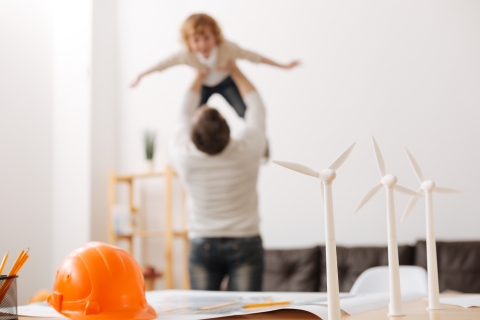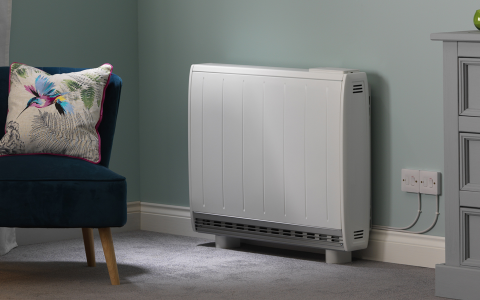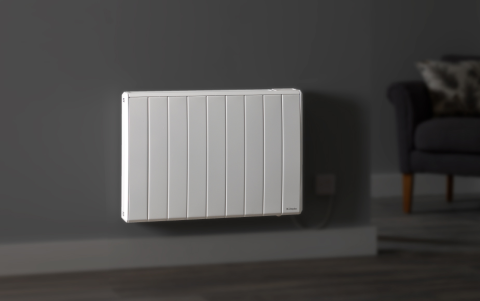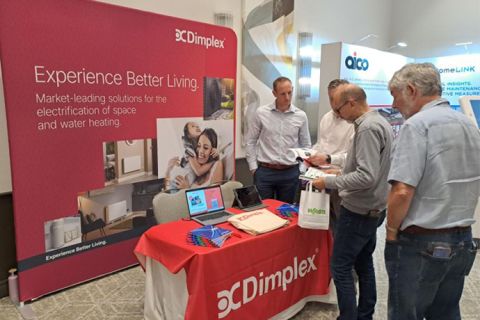The CCC’s June 2020 Emissions Progress Report
The Committee on Climate Change’s (CCC) most recent update on how the UK is progressing towards the achievement of emissions-based targets, such as net zero by 2050 and the carbon budgets, has certainly been listened to. There is no doubt that it influenced the Chancellor's recent Summer Economic Update and the decision to target a green recovery from the Covid-19 crisis.
So, what does the CCC see as the future of construction and what can be done to prepare for the changes this will make to HVAC specification?
We have summarised key industry insights in our 196-page report, structured by most commonly asked questions
Our report covers :
- How has lockdown affected the UK’s emissions progress?
- Has investment in low carbon solutions been shown to be commercially beneficial?
- Is the carbon tax scheme in London going to be applied to the whole of the UK? What does this mean for the development of upcoming regulation changes?
- Will Government address the cost difference between electricity and gas?
Our range of HVAC solutions aim to provide future proof technologies to building projects over various sectors.

Look after your finances after Christmas
It’s a new year, which means many of us will have made promises to eat healthier, be more active, and spend our money a little more wisely. Whilst our self-restraint to resist one more mince pie may have waivered, Dimplex can certainly help you with ensuring you get the most for your money when it comes to keeping your home cosy and warm during the winter season.

Mythbusters: Oil-filled vs. Oil-free radiators
Dimplex portable radiators are available in two types of technology, either traditional Oil-filled variants or patented Oil-free versions. They are both incredibly durable and, unlike fan heaters or convectors, offer a combination of both convected and radiant heat, making them suitable to heat whole rooms or provide a personal form of heating. But what exactly is the difference between them?

Glen Dimplex Heating and Ventilation finalists in H&V Awards with Zeroth
Glen Dimplex Heating and Ventilation are finalists in the annual Heating and Ventilation News Awards 2018. As the longest running, largest and most celebrated ceremony for the building services, the H&V News awards celebrate the best in forward thinking and excellence within the sector. Glen Dimplex Heating and Ventilation have been nominated for the ground breaking Zeroth Energy System.











